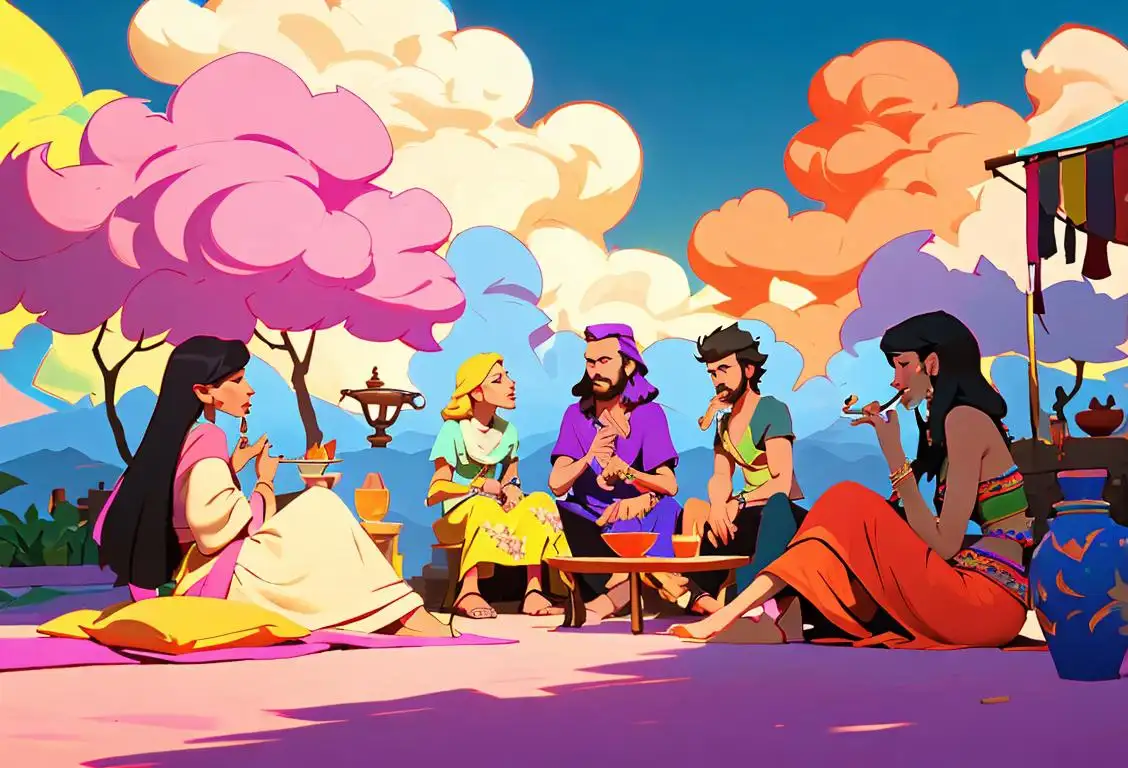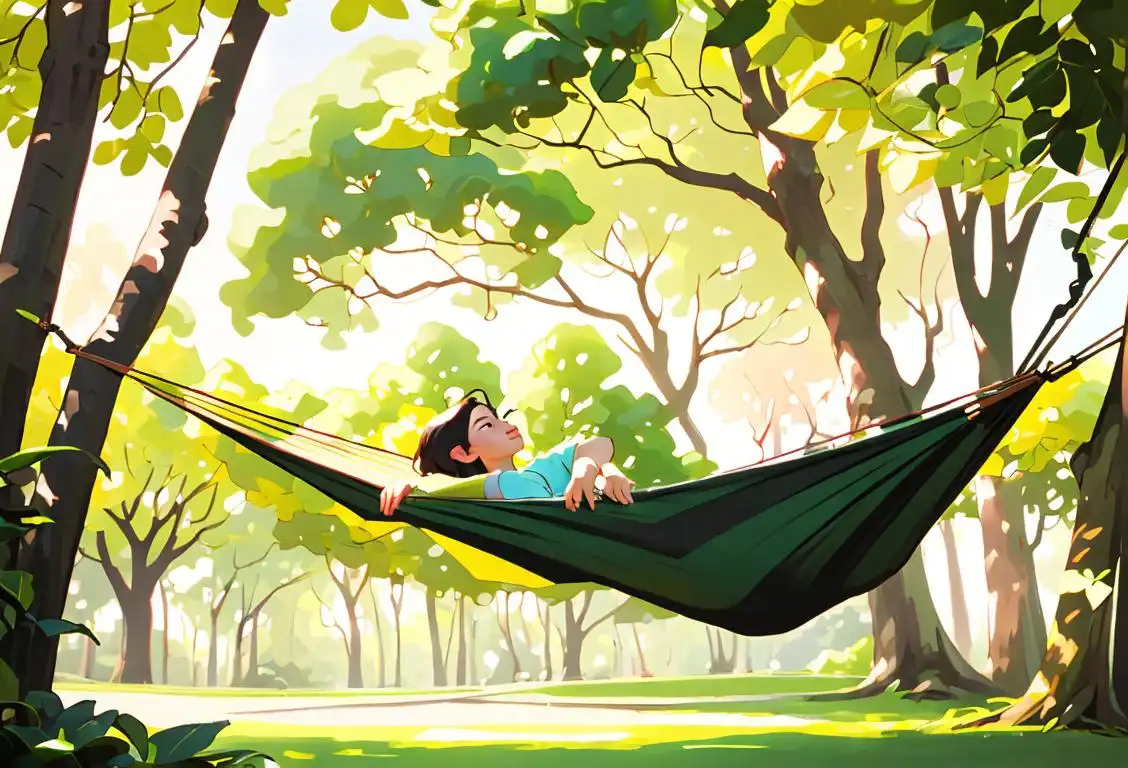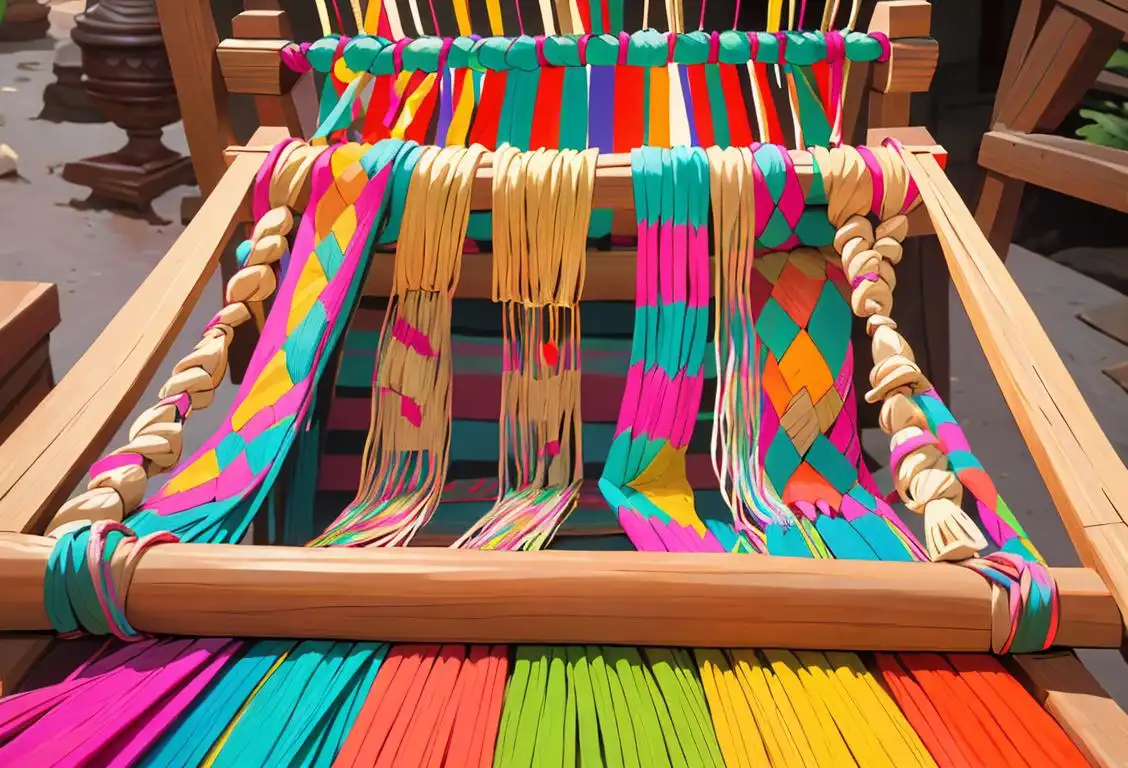National Hookah Day

Hello, smoke ring blowers and flavored tobacco fans! Prepare your shisha, clean your pipes, and mark your calendars because we're talking about National Hookah Day, a day that specializes in creating clouds...of the flavorful variety! Grab a seat on the nearest ottoman, and journey with us into the fascinating world of hookah.
When is Hookah Day?
It's national hookah day on the 10th October.
Puffing Throughout History
The ancient practice of smoking hookah, also known as shisha, traverses centuries and civilizations, originating from Persia and India. Yet, it was not until the advent of the internet, that the world discovered a day dedicated to this social bonding exercise—National Hookah Day!
Although talk about 'Internet history of Hookah' sounds almost like a digital Ali Baba’s treasure, if our data is correct, it revealed itself on a somewhat mundane day—the 10th of October, 2019, to be exact. That's right, folks, we had 78 separate online mentions staking the 10th of October as the unofficial National Hookah Day! Now that's what we call smokin’ hot!
The Claim to Fame
So why has National Hookah Day piqued people's interest, even briefly trending online? Perhaps it's the age-old association of lazy afternoons spent lounging on lush cushions, puffing away on a hookah and sharing stories. Or maybe it’s the tempting combination of flavored molasses with the mesmerizing spectacle of smoke rings wafting through the air! Even in a high-paced internet era, the allure of a leisurely hookah session is hard to resist.
How to Mark National Hookah Day
Aside from the obvious choice of enjoying a smoke of your favorite flavored tobacco, National Hookah Day is a fantastic time to explore the intricate designs of different hookahs or even learn the art of preparing a perfect hookah-sesh by yourself. You can share this day virtually with friends, try new flavors together, and keep the communal spirit of the activity alive!
Remember to use #NationalHookahDay when posting about your experiences online. Because who knows, maybe your post will be part of the next national day internet buzz!
History behind the term 'Hookah'
1560
The Birth of the Hookah
The history of the hookah dates back to the 16th century when it was first invented in India. It was during the reign of Mughal Emperor Akbar the Great that the hookah, also known as a water pipe or shisha, came into existence. The hookah was initially used to smoke tobacco, flavored with aromatic substances, such as fruit pulp or spices.
1500
Introduction of tobacco to the Indian subcontinent
In the year 1500, Portuguese explorers introduced tobacco to the Indian subcontinent, making it widely available for the first time. This introduced the key ingredient for the development of the hookah, as tobacco became a popular substance for smoking.
16th Century
Introduction of the Hookah
The use of the hookah, also known as a shisha or water pipe, can be traced back to the 16th century in India. It was invented during the Mughal Empire and quickly gained popularity among the nobles and elite of the society. The hookah was initially used to smoke tobacco, flavored with various fruits and spices, providing a pleasant and social experience.
1560
Development of the water pipe in Persia
Around 1560, the concept of the hookah started to take shape in Persia (modern-day Iran). The initial design featured a basic water pipe with a flexible tube and a bowl for holding tobacco. The water served as a cooling and filtering agent, creating a smoother smoking experience.
1600s
The Spread to Persia
During the 17th century, the hookah gained popularity in Persia (modern-day Iran). Persian nobles and intellectuals embraced the tradition of hookah smoking, making it an integral part of their social and cultural gatherings. The hookah became a symbol of prestige and luxury, and its elegant design and craftsmanship were highly valued.
17th Century
Spread across the Middle East
As trade routes expanded, the hookah found its way into the Middle East, becoming a significant part of the region's culture. It was particularly embraced in countries such as Iran, Turkey, and Egypt. The design of the hookah was adapted, featuring intricate and beautifully crafted materials like glass, metal, and porcelain, which further enhanced its appeal.
18th Century
Hookah Smoking in Europe
During the 18th century, the growing influence of the Ottoman Empire introduced the hookah to Europe. Hookah lounges started appearing in major cities, catering to the curiosity of Europeans who were fascinated by this exotic method of smoking. The social aspect of hookah smoking became ingrained in European society, especially among the intellectual and artistic circles.
1580
Spread of the water pipe to the Ottoman Empire
By 1580, the water pipe had gained popularity and spread to the Ottoman Empire, particularly to Constantinople (now Istanbul). The Ottomans embraced the concept and began using hookahs for both personal enjoyment and in social gatherings, cementing the device's cultural significance.
1800s
Introduction to Europe
The 19th century marked the introduction of the hookah to Europe. British colonial officers and travelers brought back hookahs from their time in India and the Middle East, introducing Europeans to this exotic smoking device. The hookah quickly gained popularity among the intellectual and artistic elite, who were fascinated by its intricate design and the social experience it provided.
1920s
The Golden Era of Hookah Cafes
The 1920s witnessed a rise in the popularity of hookah smoking cafes in various cities around the world. Particularly in the Middle East, North Africa, and parts of Europe, hookah cafes became cultural hubs where people gathered to relax, socialize, and enjoy the flavors of different tobacco blends. These cafes became synonymous with intellectual discussions, artistic inspiration, and a sense of community.
19th Century
Hookah's Rise in Popularity
The 19th century witnessed a surge in the popularity of hookah across various parts of the world. It became an integral part of social gatherings, ceremonies, and celebrations. The trend extended to places like Russia, where hookahs were even used in intricate tea ceremonies, adding elegance and sophistication to the experience.
1700s
Use of the term 'hookah'
In the 1700s, as the water pipe continued to gain popularity, the term 'hookah' emerged. The word 'hookah' likely originated from the Persian word 'huqqa,' which referred to the device. It is believed that the term 'hookah' was introduced to the English language through British colonial interactions in India and the Middle East.
Modern Times
Global Hookah Culture
In modern times, hookah culture has spread far beyond its original roots. It has found its way into diverse communities around the globe. Hookah lounges and bars can now be found in many major cities, offering a relaxed and sociable environment for people to come together and enjoy a shared experience. The hookah has become a symbol of leisure and camaraderie, transcending cultural boundaries.
19th century
Further refinement and commercialization
Throughout the 19th century, the design of hookahs continued to evolve. Manufacturers began producing hookahs with intricate designs and decorative elements, catering to different styles and preferences. This period also marked the commercialization of hookahs, with increased availability in cafes and establishments.
21st Century
Global Hookah Culture
In the 21st century, hookah smoking has become a global phenomenon. It has evolved into a vibrant and diverse culture, with enthusiasts embracing the variety of flavors, styles, and rituals associated with hookah. Hookah bars and lounges can now be found in major cities worldwide, providing a space for individuals to gather, connect, and appreciate the rich heritage of hookah smoking.
21st century
Global resurgence and cultural phenomenon
In the 21st century, the hookah has experienced a resurgence in popularity across the globe, particularly among young adults. Hookah bars and lounges have become trendy social venues, where people gather to enjoy flavored tobacco through the communal experience of smoking a hookah. The hookah has become a cultural phenomenon, bringing people together in a unique way.
Did you know?
Did you know that blowing smoke rings is considered an art form in the hookah community? Skilled smokers even compete in international championships under the category of 'Smoke Tricks'!Tagged
fun celebration culture relaxation lifestyle traditionFirst identified
20th April 2015Most mentioned on
10th October 2019Total mentions
78Other days
Hookah Day
Hammock Day
Handloom Day
Canadian Film Day
No Children Day
Chili Day
Dumpling Day
Moving To Canada Day
Comic Book Day
Batik Day








